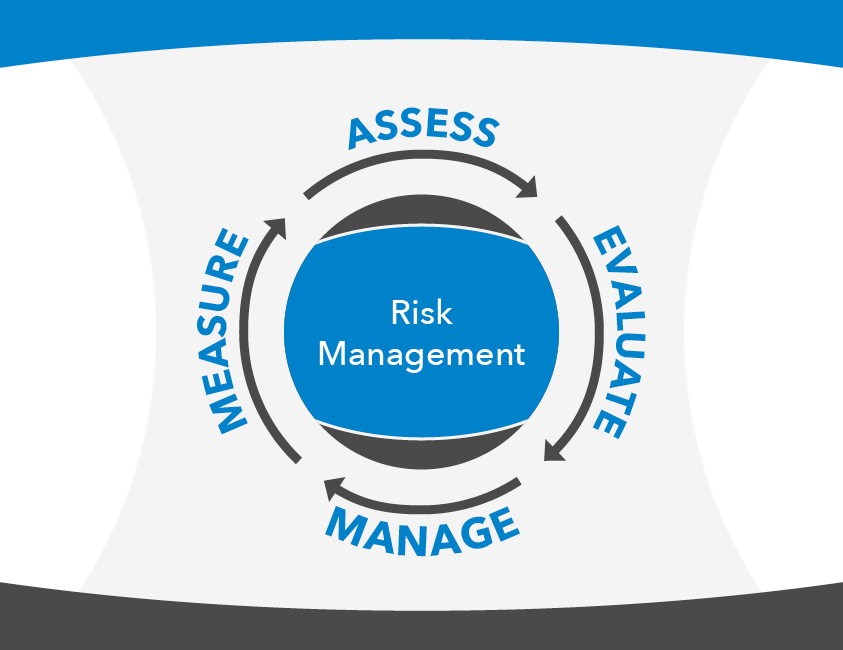Download our Reliance Protect Lone Worker Risk Assessment Guidance
Our Reliance Protect Lone Worker Risk Assessment Guidance details 6 key steps in the risk management process, as well as a lone worker risk assessment template document.
Lone Worker Definition
The Health & Safety Executive (HSE) defines lone workers as “those who work by themselves without close or direct supervision”.
How Do You Manage the Risks?
The starting point with managing any risks is a robust risk assessment process. This an ongoing process covering the identification of risks, assessment and evaluation of the risks identified, implementing measures to eliminate or minimise the risks identified, monitoring the effectiveness of those measures, and then continuously repeating the cycle.

From the perspective of managing lone working staff, key questions to ask include:
- Do I know where my staff are now?
- Do I know what tasks my staff are performing now?
- How do I know my staff have got home safely at the end of the working day?
- How can my staff communicate quickly and effectively if they find themselves in difficulty?
What is a Risk Assessment?
A risk assessment is a structured process used to identify, evaluate, and control hazards in the workplace. It helps employers understand potential risks to staff and implement measures to prevent accidents or injuries. This process is especially critical for lone workers, who often operate without direct supervision and face unique safety challenges.
Employers have a legal obligation to assess and manage these risks, with relevant legislation including:
The Health & Safety at Work Act 1974
This legislation covers employer duty to ensure the health, safety and welfare of employees including stating requirements for safe systems of work, health and safety policies, and safe working environments.
The Management of Health & Safety at Work Regulations 1999
This legislation details the approach to managing risks to employees.
The Workplace (Health, Safety & Welfare) Regulations 1992
This legislation covers welfare issues for employees.
The Reporting of Injuries, Diseases & Dangerous Occurrences Regulations 1995
This legislation details the recording and reporting of accidents at work.
The Corporate Manslaughter and Corporate Homicide Act 2007
This Act clarifies the criminal liabilities of companies including large organisations where serious failures in the management of health and safety result in a fatality.
A tailored risk assessment template ensures organisations meet these legislatory obligations and create safer working environments for their amployees.
What Is Dynamic Risk Assessment (DRA)?
A dynamic risk assessment (DRA) is a real-time evaluation of risks that may arise unexpectedly during a task or visit. Unlike static assessments, which are conducted in advance, DRA is carried out on the spot. It allows staff – particularly lone workers – to make immediate, informed decisions based on the conditions they are facing.
Dynamic risk assessments are not replacements for formal assessments but essentially complements, helping workers adapt to changes and stay safe in live and evolving scenarios.
Why DRA Matters For Your Employees
Industries such as housing, social care, security, enforcement, and healthcare frequently involve lone working and unpredictable environments. In these sectors, dynamic risk assessment becomes critical to ensuring staff can manage unforeseen threats.
For instance:
A housing officer may encounter aggression at a tenant visit.
A field technician might identify a safety hazard upon arrival at a remote site.
A nurse visiting a patient may face access issues or unexpected health emergencies.
In each case, the ability to quickly assess, act, and escalate where necessary can prevent incidents and protect both staff and the people they serve.
How to Conduct a Dynamic Risk Assessment:
Conducting a DRA involves the following steps:
- Observe, Look for immediate hazards or red flags.
- Assess, Consider who might be harmed and how.
- Evaluate, Judge the severity and likelihood of the risk.
- Decide, Determine if it’s safe to proceed or if action is needed.
Act & communicate, escalate concerns, report incidents, or seek help if necessary.
This process relies on employee training, awareness, and access to appropriate tools. It’s most effective when supported by robust lone worker systems.
Enhancing DRA with Reliance Protect’s Lone Worker Devices and Technology
To support lone workers in making effective dynamic risk assessments and staying safe in real time, we offer a suite of smart safety solutions. These are designed to sit at the heart of an organisation’s risk mitigation strategy:
- The Update function encourages users to conduct DRA, allowing the users to verbally record any risks they perceive and/or identify
- Live staff location visibility through the Focus online portal’s mapping feature
- Quick and safe alarm activation via lone worker devices, body-worn cameras and our smartphone app
- 24/7 Alarm Receiving Centre (ARC) that manages alerts and escalates incidents – including direct contact with emergency services
- Automatic fall detection technologies that trigger alarms if a worker is incapacitated
- Monitor check-in/out feature, which raises alerts if workers fail to check out after a task
- Body-worn cameras to deter and de-escalate aggressive behaviour
- Red Alert incident reporting, providing valuable post-incident insights
These tools enable staff to respond dynamically to emerging risks while ensuring management remains informed, connected, and compliant.
Discover how our lone worker devices and apps can enhance the safety of your workforce.
If you would like further information on how to conduct risk assessments, please download our risk assessment guide.
What Are The Benefits Of Investing In Staff Safety?
Aside from ensuring compliance with the legislative requirements, investing in staff safety delivers the following benefits:
- Staff recruitment and retention.
- Staff feeling safe and confident when performing the day to day duties.
- Staff feeling valued and improved wellbeing, helping maximise productivity
Organisations are also mitigating against costs associated with not complying with legislation:
- HSE fines
- Criminal prosecutions
- Brand damage and negative publicity
- Staff turnover